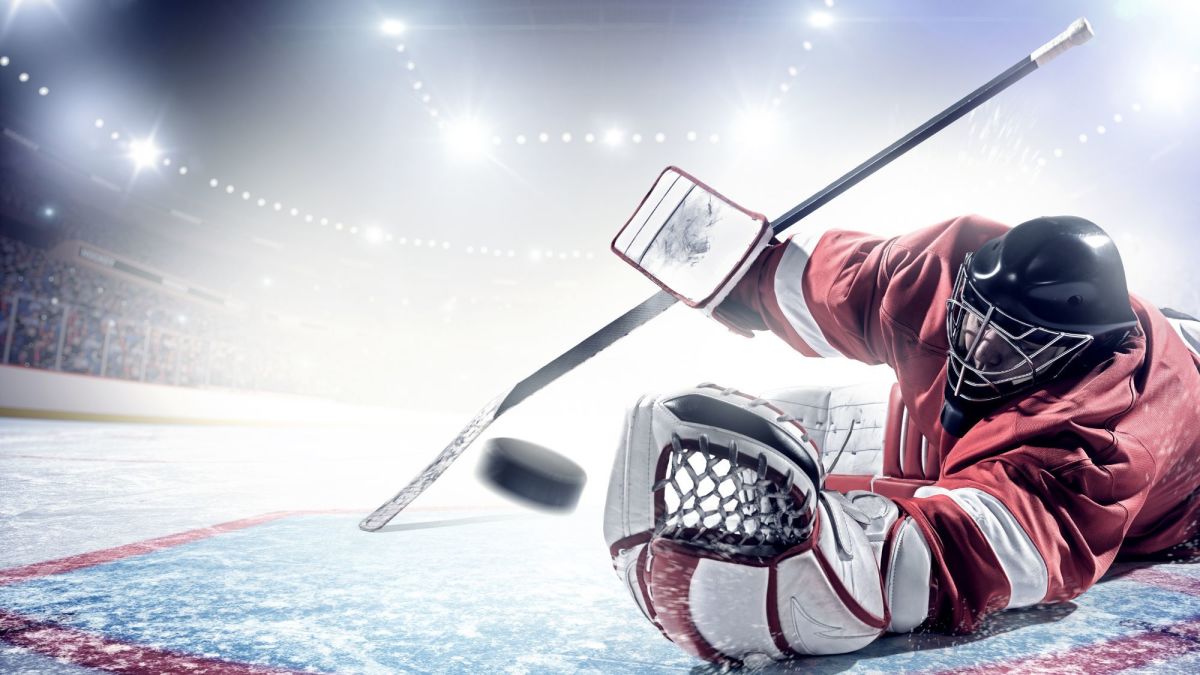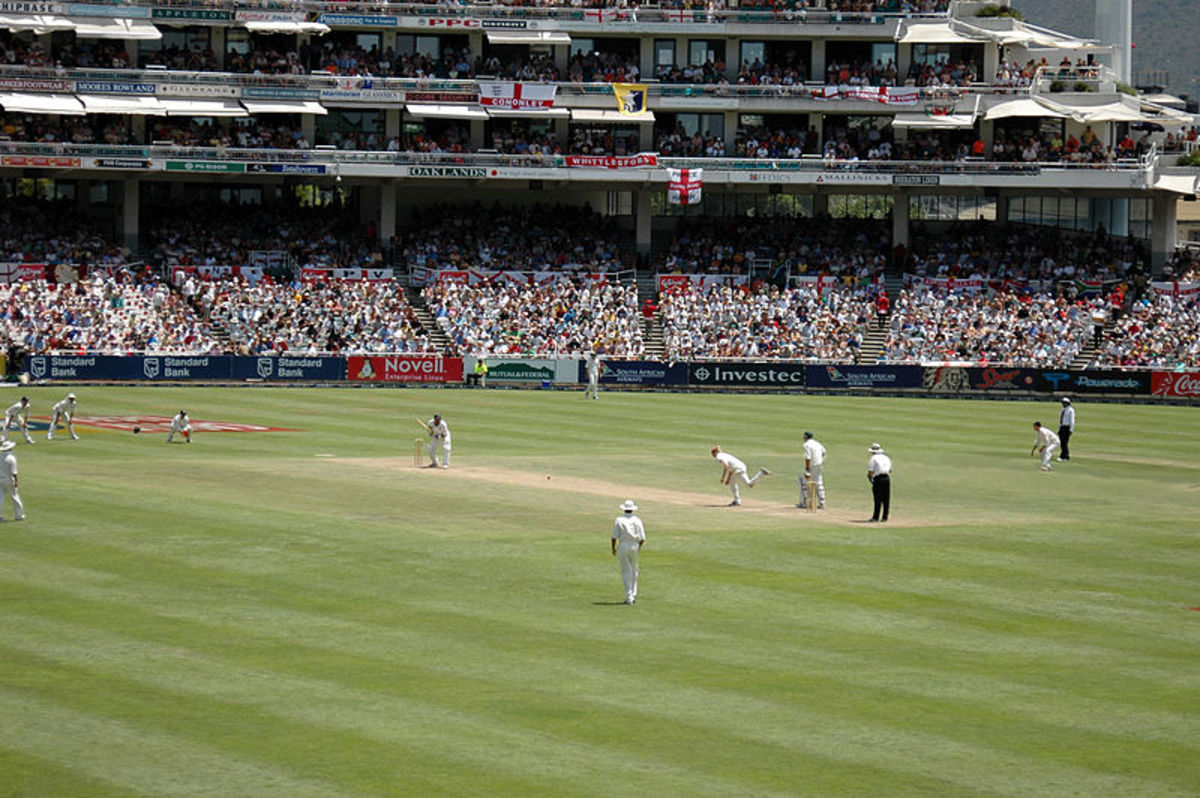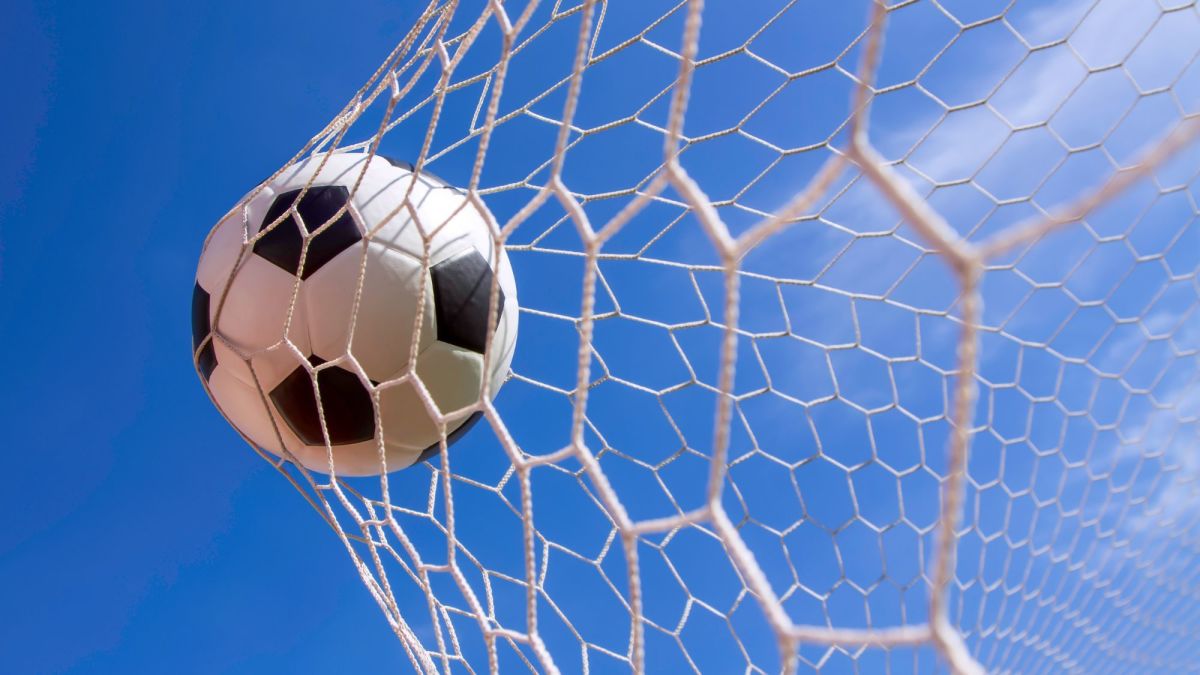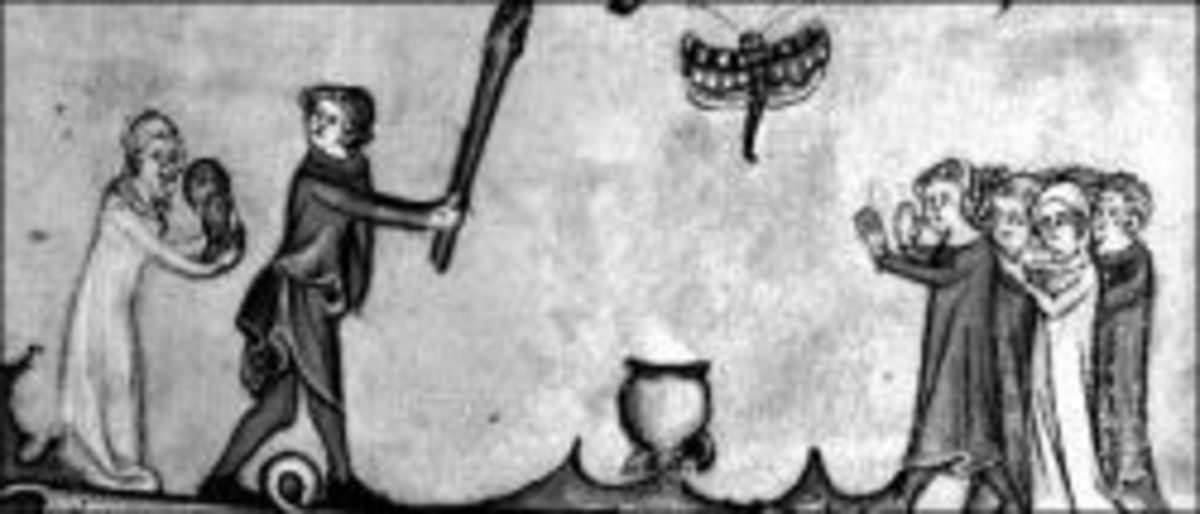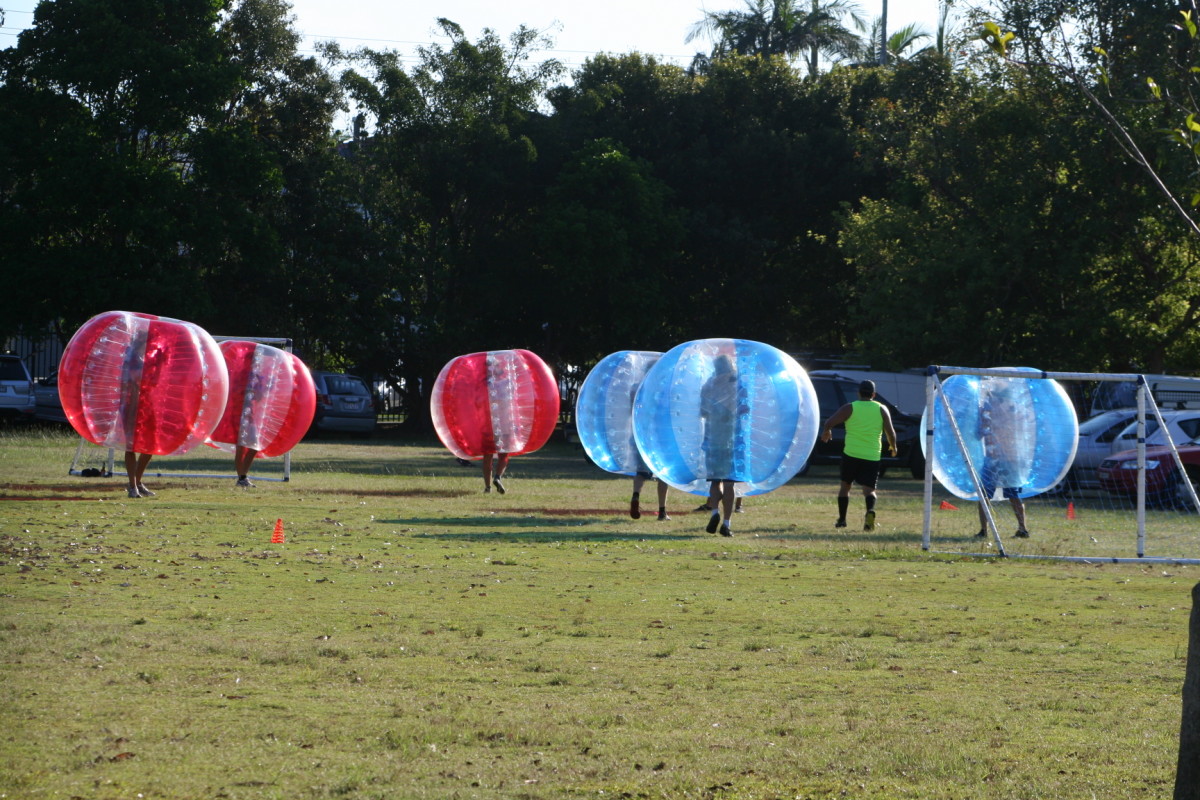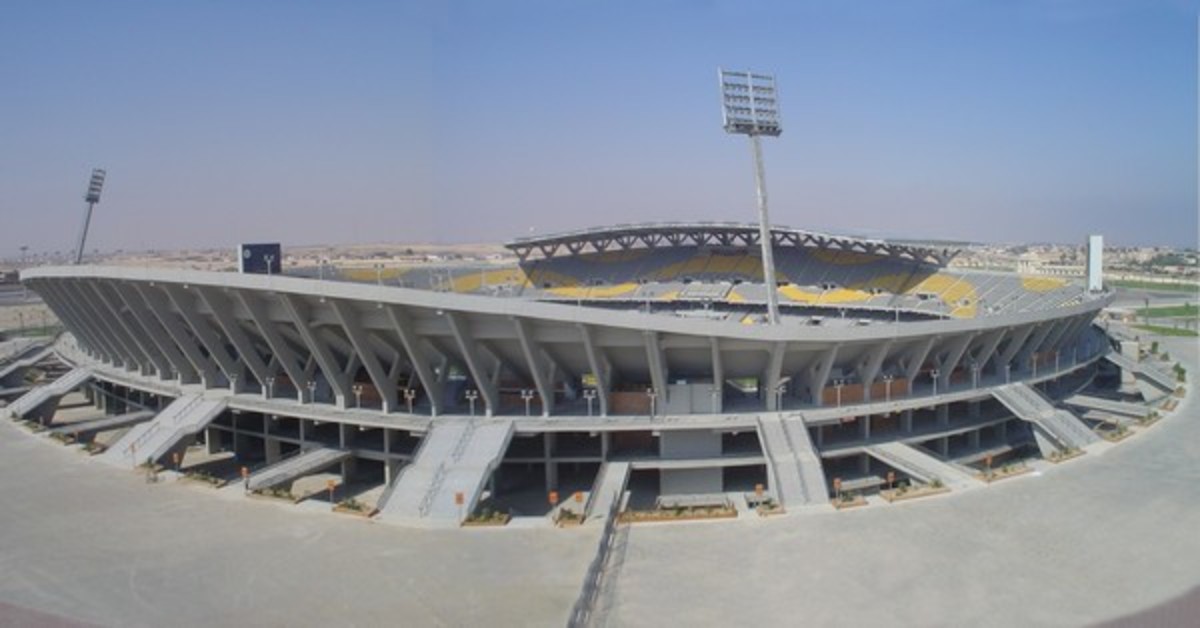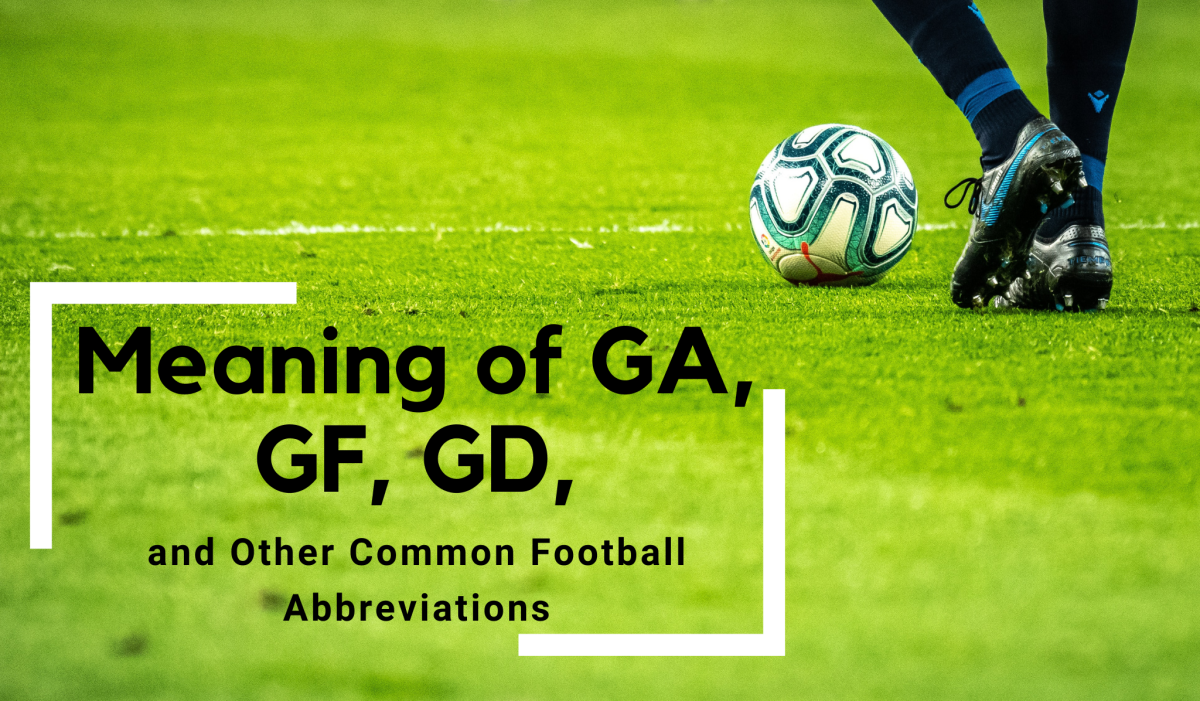The Rules of Soccer
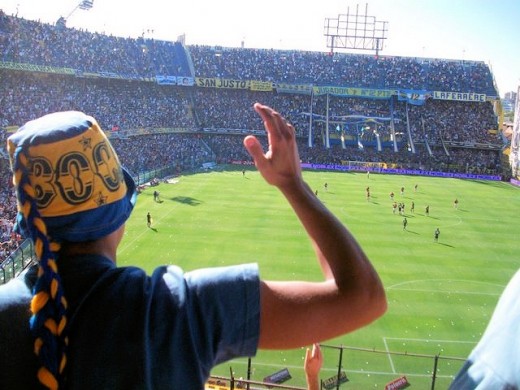
Futbol; Soccer
Soccer is the world's greatest sport. It is able to bring a nation together more than any other event. Soccer fans are extremely loyal, and will often get in fights to defend their countrymen.
It is ashame that our country, the United States, is not more involved with soccer. We have commercialized sports to a degree that soccer seems like the outcast of all sports, when in fact it is the only pure sport left on this planet.
The main objective of a soccer game is to score more goals than the opposing team. With an army of players, strategy, athleticism, and skill are showcased and we bear witness to many beautiful goals.
I can tell you from experience, that there is not a better feeling when your team wins a big game, or any game for that matter. The pride you can have supporting a country's soccer team is matched by very few things.
So if you want to learn to love the greatest sport of all time, it is a good idea to understand it!
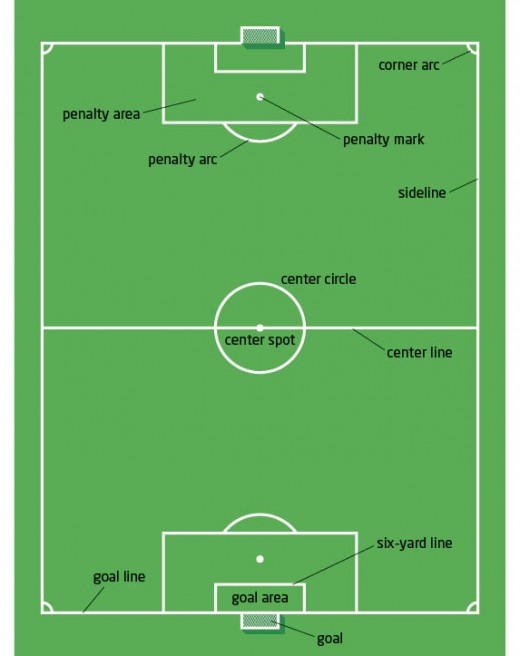
The Field
A standard sized soccer field is 50 to 100 yards wide by 100 to 130 yards long. It consists of four corner areas, a goal are, and a center area.
Goal Area
- Goal: The net in which a team tries to kick the ball into in order to score a goal.
- Goal Line: The two lines at both ends of the field. The ball must cross this line in its entirety for it to be considered out of bounds and/or a goal.
- Six Yard Line: The line in front of the goalie which caps off the goal area. Goal Kicks are taken from this line.
- 18 Yard Line: This is not marked on the chart above, but it is the second line in front of the goalie. It caps off the area that a goalie is allowed to use his hands. Once the ball is entirely outside of this box, a goalie can no longer pick it up.
- Penalty Mark: The penalty mark is the spot in which a ball is placed for a penalty kick.
Corner Area
The four corner areas of a soccer field are where a corner kick is taken. The ball must be placed on or within the little arc while the corner kick is being executed.
Center Area
The center area of a soccer field has no real significance other than at the start of the game and at the start of the second half. The ball is placed on the center spot for these two times in the game, and is passed from one player to another to signify that the game is in play.
The Sidelines
The sidelines are the two lines on each side of the field. The ball must cross this line in its entirety for it to be considered out of bounds.
These are the main elements of a standard soccer field. Anything depicted in the chart above that is not mentioned here, is because it has no bearing on the game.
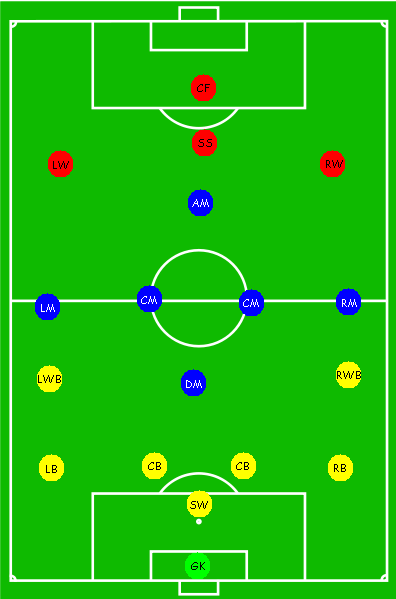
Legend
- CF - Striker
- SS - Striker
- LW - Striker
- RW - Striker
- AM - Midfielder
- RM - Midfielder
- LM - Midfielder
- CM - Midfielder
- DM - Midfielder
- LWB - Defender
- RWB - Defender
- CB - Defender
- RB - Defender
- LB - Defender
- SW - Sweeper
- GK - Goalie
This is simplified for beginners to learn the basics!
Positions
Soccer is played with eleven players on the field for each team. There is no set formation for these players, but there are general areas in which players are assigned: Forward, Midfield, and Defense.
Forward
Also known as strikers, the forwards are the players that start closest to the midfield line at the beginning of play. They are the players that are usually scoring goals. As a matter of fact, that is their main goal on the field. Each team is different, but in general there are usually one to three strikers on the field. They are fast, agile, and have tremendous foot skills.
Midfield
Midfielders control the entire game. They play behind the forwards but in front of the defenders. Because of their location on the field, they help out on both offense and defense. A formation usually consists of one or two center mids, a left wing, and a right wing. They are responsible for crossing balls into the strikers, scoring goals, and getting back on defense to stop the opposing team from scoring. The midfielders are the most integral piece to a soccer team.
Defense
Defenders play behind the midfielders. Their main objectors are to deter the opposing offense from scoring a goal. Although they can be positioned in various ways there are two main positions within the defense. They are known as the stopper and the sweeper.
- Stopper - The stopper is the most forward man of the defenders. He is there to stop an offensive attack from building. He is commonly the first defender that an opposing striker meets.
- Sweeper - The sweeper is the most back man of the defenders. He is there to control the defense-men. His duty is to be the safety net and take care of any oncoming attack. He is also there to try to catch the opposing players offsides. (more on that later)
Goalkeeper
The goalkeeper, or goalie, the the protector of the net. He is the only player on the field that is allowed to use his hands. His purpose is to block any and all shots that are taken on net. Goalies do not go out and play the field; they stay in their general area for the duration of the game. They are the general of a soccer team and has full control over his defenders.
Soccer Terms
A Goal: A goal is when the ball is kicked into the net. The ball must cross the goal line in its entirety to be considered a goal.
Goal Kick: A goal kick as a free kick taken by the goalie or a defender after the ball has gone out of bounds over the goal line when it is last touched by the attacking team. The kick is taken from the 6 yard line.
Corner Kick: A corner kick is a free kick taken by an attacking team after the ball has gone out of bounds over the goal line when it is last touched by the defending team. A corner kick is taken from one of the four corners of the field, depending on where the ball went out of bounds.
Penalty Kick: A penalty kick is a free kick taken by an attacking team after a foul has been committed inside the 18 yard line box. The ball is placed on the penalty spot and the kicker has one chance to shoot at the net with only the goalie to defend.
Direct Kick: A direct kick is a free kick taken by either team as a result of a foul made by the opposing team. This free kick can be shot on net without touching another play first.
Indirect Kick: An indirect kick is a free kick taken by either team as a result of a foul made by the opposing team. This free kick must touch at least two players before being shot on net. (The second player can be the shooter.)
Throw In: A throw in is done when the ball crosses either sideline in its entirety. It is take by the team that did not touch it last before the ball crosses the line. This is the only part of the game in which a player other than the goalie can use their hands.
Foul: A foul comes at the discretion of the referee. If a player bumps into another player too hard, holds, pulls or trips another player, a foul may be called and the team being fouled will be rewarded a free kick from that spot on the field.
Yellow Card: A yellow card is a warning from the referee after a hard foul. It is used to deter tackles that will cause injury. A player receiving two yellow cards in one game results in an automatic red card.
Red Card: A red card means an ejection from the game. These are given by the referees in times where a severe foul has been made. A player receiving a red card is ejected from the current game and must also sit for his team's entire next game.
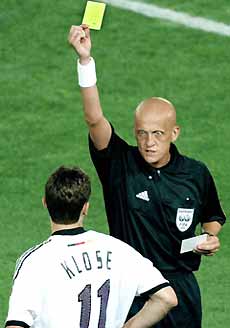
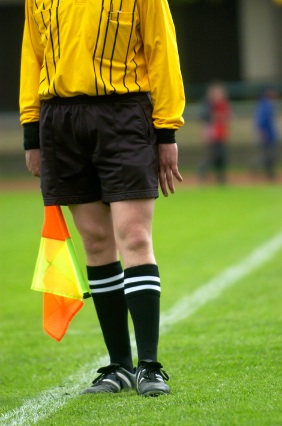
Referees
There are three referees in the game of soccer. There is one field referee and two sideline referees.
Field Referee
The field referee's goal is to control the flow of the game. They are in charge of making all calls such as fouls, offsides, and hand balls. They are able to eject players for rough play, or give warnings. They are the official timekeepers of a soccer game.
Sideline Referee
Each of the two sideline refs are in charge of one half of the field. They are on opposite sides of the field, and patrol opposite ends. They are there to assist the field referee in making the proper calls. They carry flags in which they use to signal the field referee of a foul, offsides, or handball. Usually, the field referee will make the call based on the sideline referees, but he does have the option to ignore their flag.
Game Play
A soccer game is played in two 45 minute halves. The clock is never stopped, and the only additional time added to the game is a brief 1-5 minute add-on for what is known as injury time.
Both teams pass, dribble, and shoot the ball in order to get a goal. The team with the most goals at the end of the game wins. A goal can be scored with any part of the body except the hands. Even a defending team can knock the ball into their own goal, and it counts! This is known, simply, as an own goal.
Offsides
Defending teams will often try to catch an attacker offsides. This occurs when the attacker has only one player between him and the goal. An attacking player must always have two players, including the goalie, between him and the goal, otherwise the flag will be raised and he will be whistled for offsides, resulting in a free kick for the defending team. An attacker may be passed a ball in which he runs past the defenders to retrieve it. He is now in the offsides position, however as long as the ball was kicked before he moved offsides, he is deemed onsides and play continues.
Substitutes
During an official international soccer match, a team is allowed to make three substitutions throughout the game. Once three have been made, the players on the field are there for good. (Unless they are injured or ejected. Even then, a team must play shorthanded if all of their subs have been made.)
In youth leagues, school leagues, and other professional leagues, the amount of substitutes allowed varies. Some are unlimited, while others must be agreed on before the soccer match.
Soccer In a Nutshell
This is soccer in a nutshell. I have outlined the basic rules, positions, and other aspects of the game. There are, of course, many different strategies and forms of play, but this is a good place to get you started! I hope this has helped you better understand the rules of soccer. Please feel free to ask me any questions!
And before you go...
Check out this video of soccer highlights. How could anyone not enjoy this!?
Please excuse the use of Creed for the musical selection.

